How Brake Proportioning Valves Work: Force Distribution
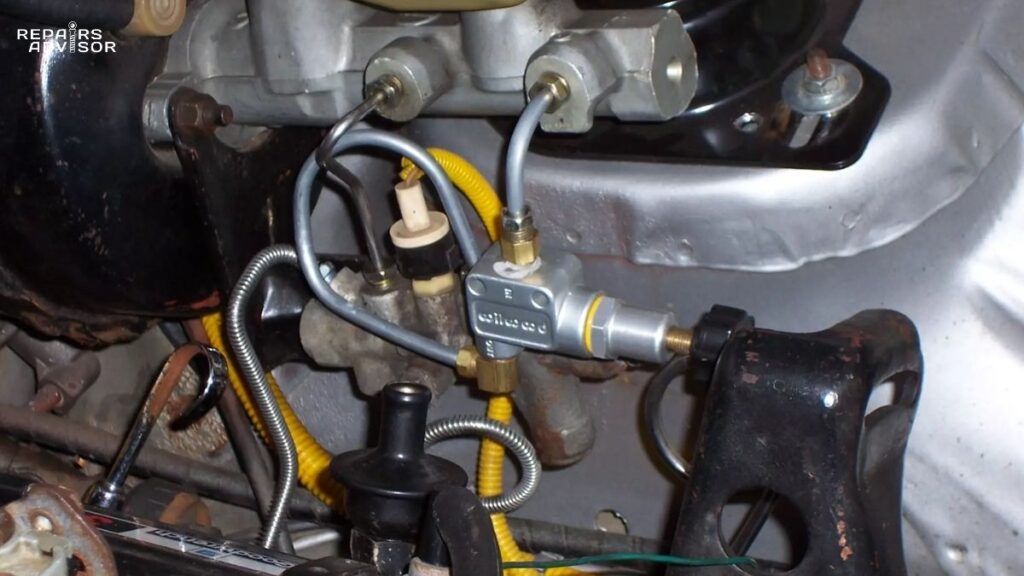
Your vehicle’s brake system contains a critical safety component that most drivers never think about—the brake proportioning valve. This unassuming device plays a vital role in preventing dangerous rear wheel lockup during emergency braking, maintaining vehicle stability when you need it most. Understanding how this hydraulic pressure regulator works helps you recognize symptoms of failure […]
How Brake Boosters Work: Power Assistance
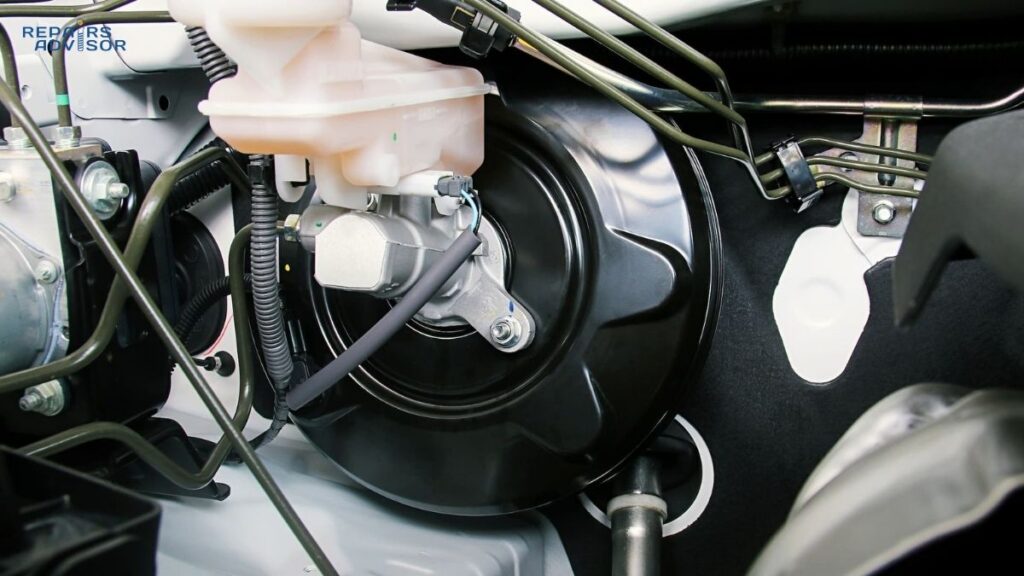
Modern vehicles weighing 3,000 to 6,000 pounds require immense force to bring them to a safe stop. Before brake boosters became standard equipment in the 1960s, drivers had to apply 100 pounds or more of pedal force to achieve adequate braking—a physically demanding and tiring task, especially in stop-and-go traffic or emergency situations. The brake […]
How Brake Fluid Works: Hydraulic Force Transmission
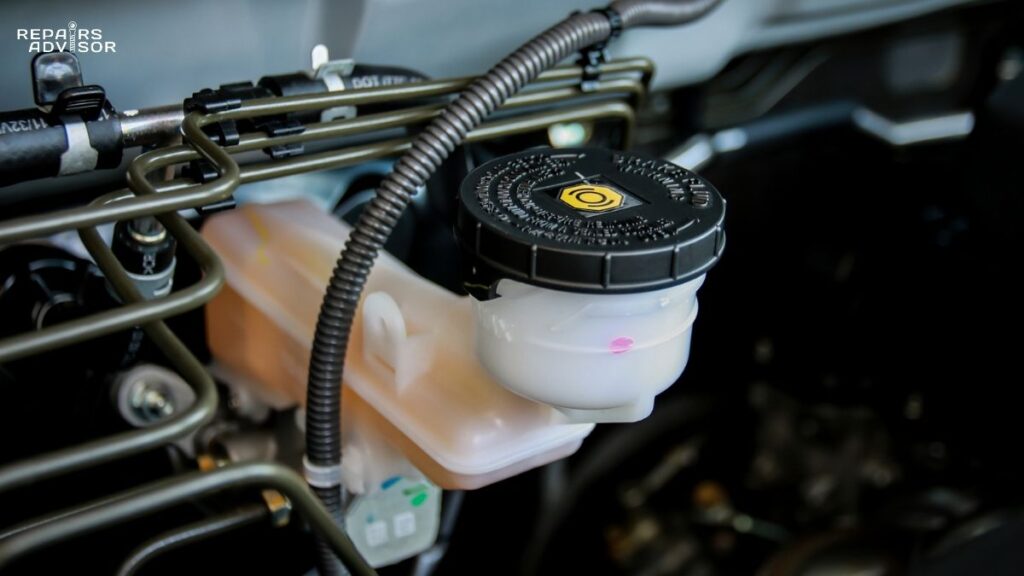
Your brake pedal connects to your wheels through an incompressible liquid working under extreme conditions that most drivers never think about. Every time you press the brake pedal, brake fluid transmits hundreds of pounds of force through steel lines and rubber hoses to activate calipers at each wheel. Without this vital hydraulic medium, you’d have […]
How Drum Brakes Work: Self-Energizing Mechanics

Despite the widespread adoption of disc brakes on modern vehicles, drum brakes remain a critical component of automotive braking systems. Found primarily on the rear wheels of passenger cars and light trucks, drum brakes offer a unique combination of cost-effectiveness, durability, and powerful stopping force that continues to make them relevant in today’s automotive landscape. […]
How Master Cylinders Work: Hydraulic Brake Control
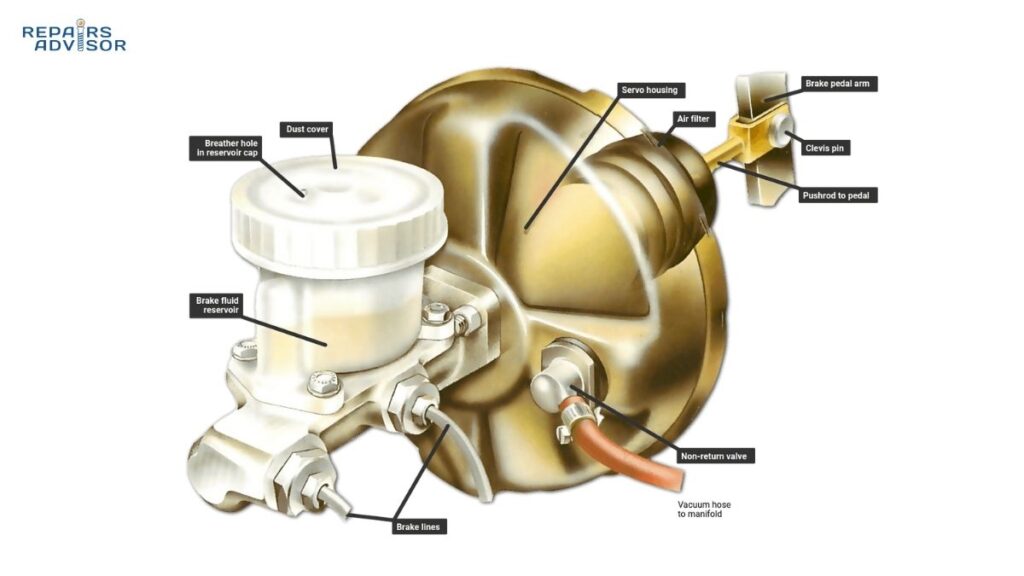
When you press your brake pedal and your vehicle responds with smooth, controlled stopping power, you’re experiencing the master cylinder at work. This precision-engineered hydraulic component serves as the heart of your braking system, converting the mechanical force from your foot into the hydraulic pressure that brings thousands of pounds of metal, passengers, and cargo […]
How Disc Brake Systems Work: Modern Stopping Power
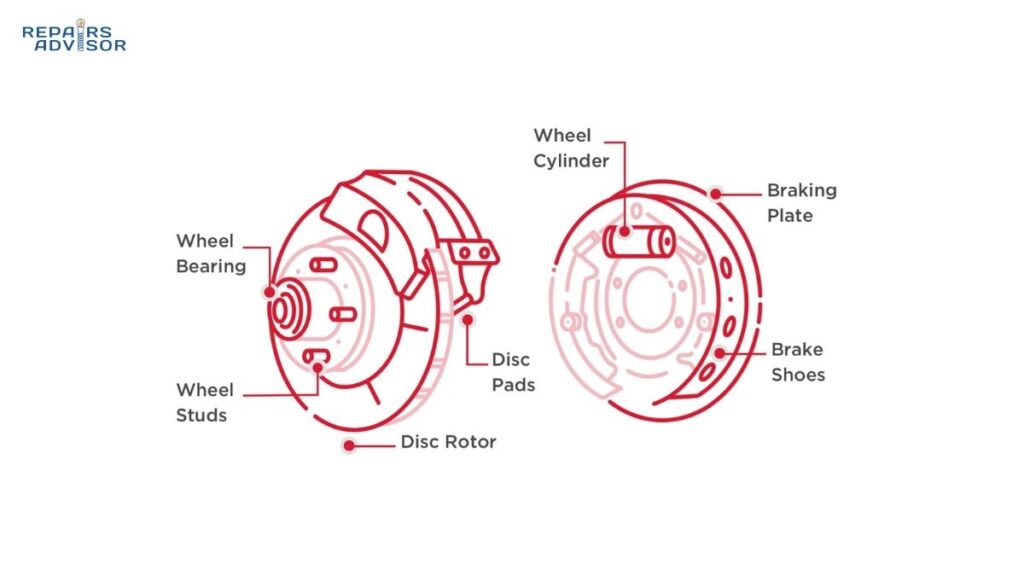
Modern vehicles rely on disc brake systems as their primary safety mechanism, converting kinetic energy into thermal energy through controlled friction to bring thousands of pounds of moving metal to a safe stop. Whether you’re navigating rush-hour traffic, descending mountain grades, or making an emergency stop to avoid a collision, your disc brake system performs […]
How Transfer Cases Work: 4WD Operation

If you’ve ever wondered how your truck or SUV seamlessly switches between two-wheel drive and four-wheel drive, or how all-wheel drive vehicles maintain traction in slippery conditions, the answer lies in a component most drivers never see: the transfer case. This unsung hero of the drivetrain serves as the “brain” of your vehicle’s 4WD or […]
How Drive Shafts Work: Power Transmission
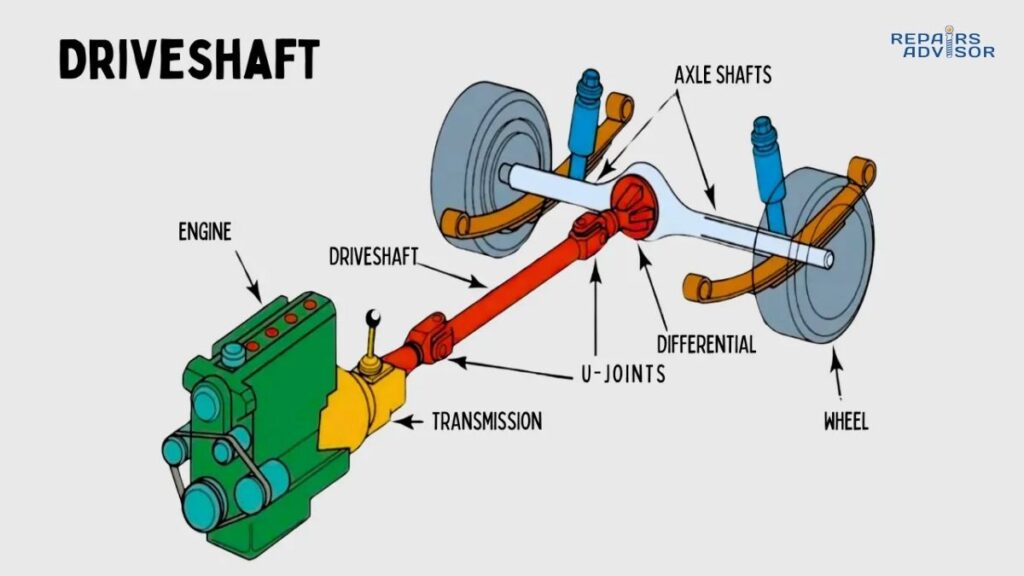
When you press the accelerator and feel your vehicle surge forward, there’s a critical component spinning beneath you that makes it all possible. The drive shaft—a cylindrical metal tube running along your vehicle’s undercarriage—serves as the mechanical link between your engine’s power and your wheels’ motion. For most drivers, this essential component remains invisible and […]
How CV Joints Work: Constant Velocity Power Transfer
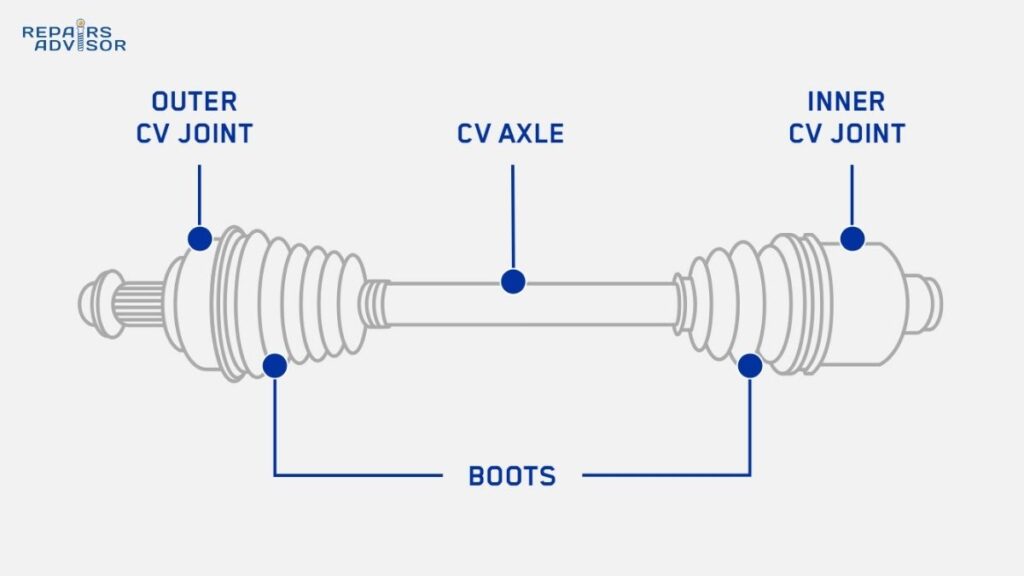
Hearing a rhythmic clicking sound every time you turn your steering wheel? Notice grease splattered on the inside of your wheel rim? These are telltale signs of CV joint problems—and ignoring them could leave you stranded with a broken axle. CV (constant velocity) joints are precision-engineered components that most drivers never think about until they […]
How AWD Systems Work: All-Wheel Drive Coupling
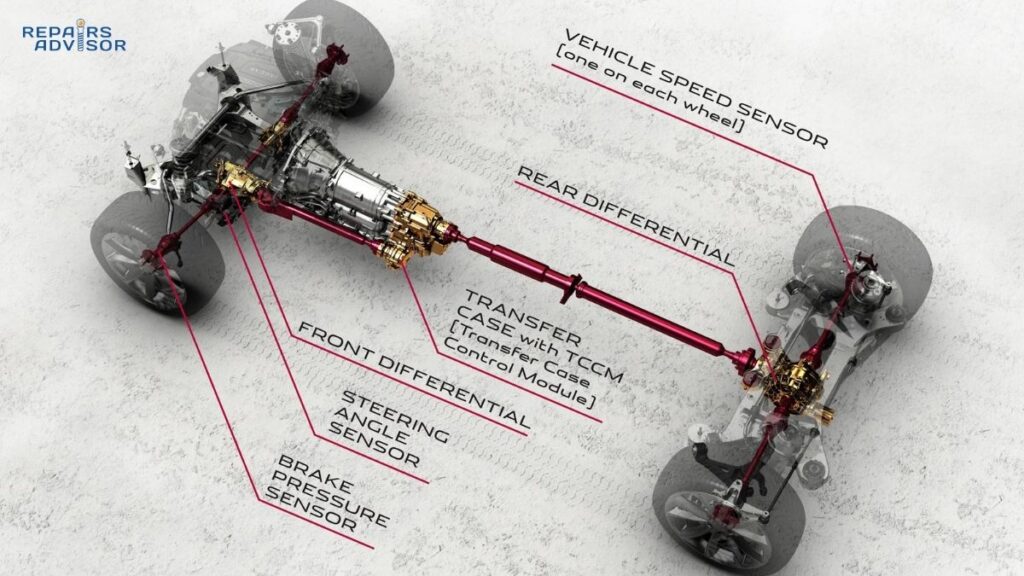
Imagine accelerating from a stoplight on a rain-slicked road. While other vehicles struggle for grip, wheels spinning uselessly, your car surges forward smoothly and confidently. This isn’t magic—it’s the result of an all-wheel drive system working behind the scenes, intelligently distributing power to all four wheels to maximize traction exactly when you need it. All-wheel […]
How Limited Slip Differentials Work: Enhanced Traction
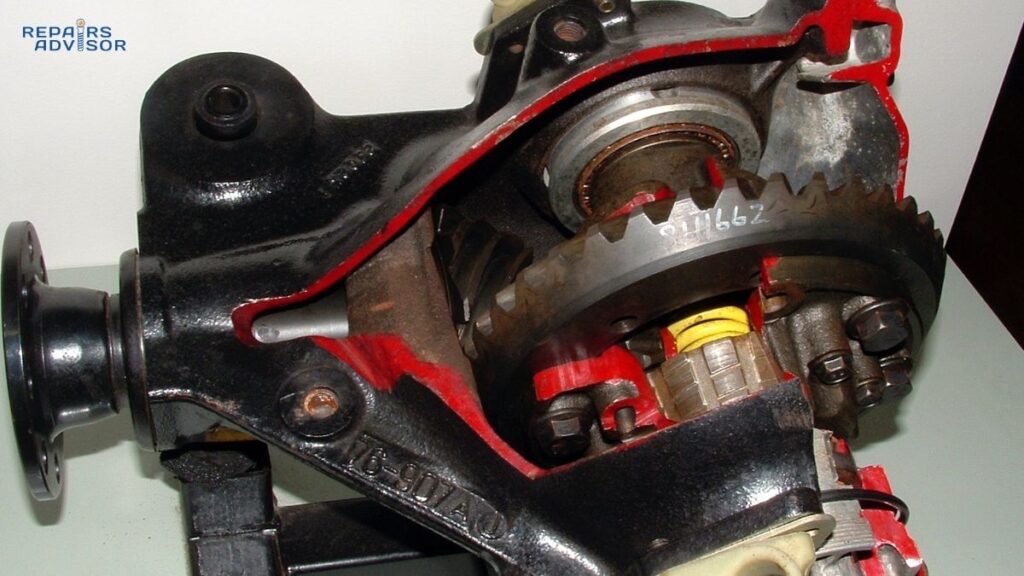
You’re stuck. One wheel spins uselessly in the mud while the other sits motionless with perfect traction just inches away. Your vehicle rocks back and forth, digging deeper with each attempt. This frustrating scenario plays out thousands of times daily for drivers with standard open differentials—a problem that limited slip differentials were specifically engineered to […]
How Differential Systems Work: Torque Distribution
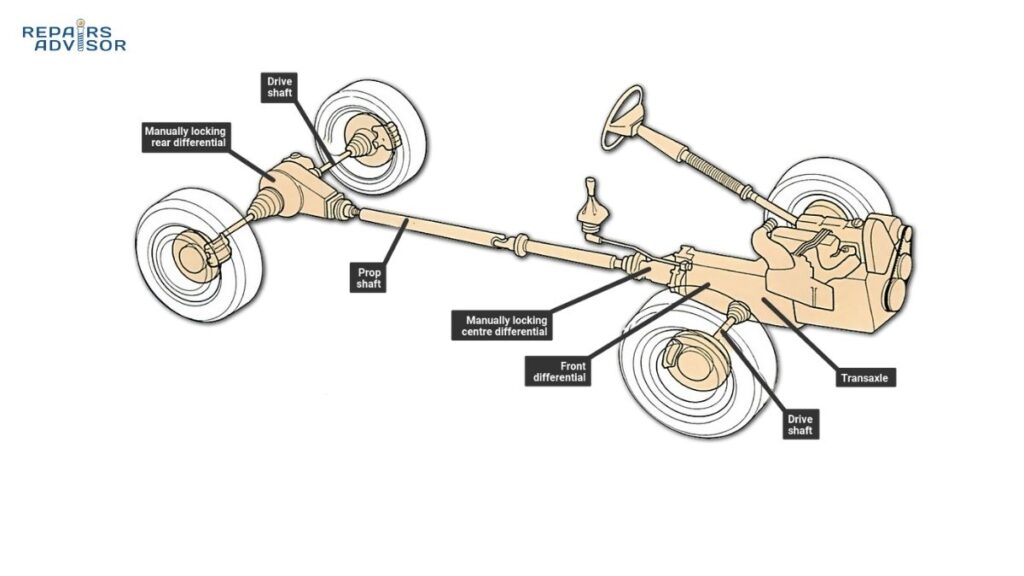
Your vehicle makes thousands of turns every day, and each time, something remarkable happens beneath your wheels. The outer wheel travels farther than the inner wheel, yet both remain powered and under control. This seemingly simple feat requires one of automotive engineering’s most elegant solutions: the differential. Without this crucial component, every turn would cause […]